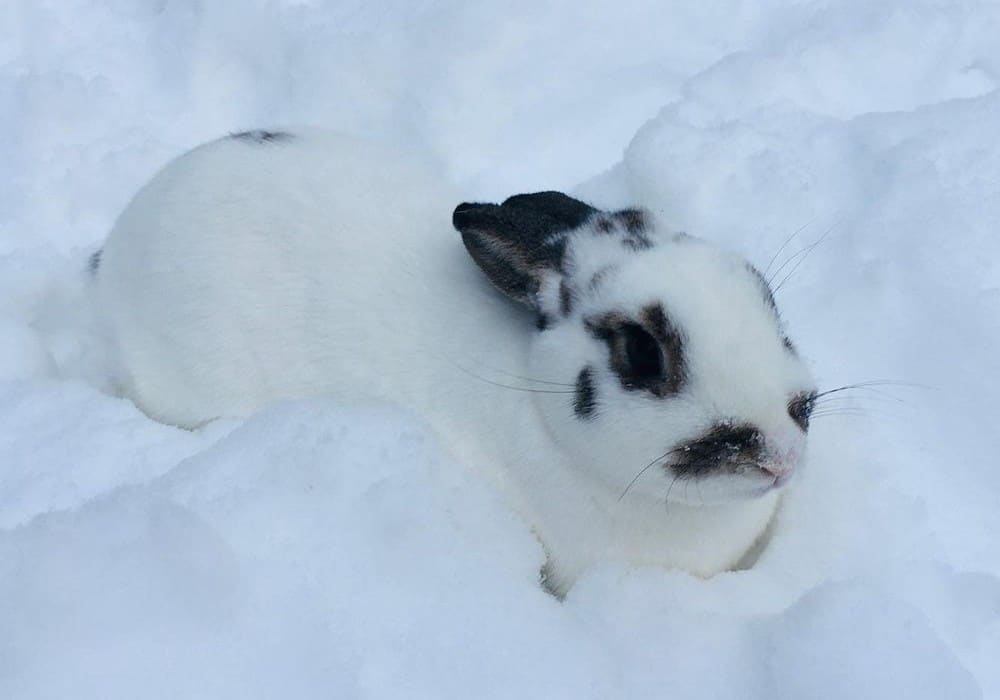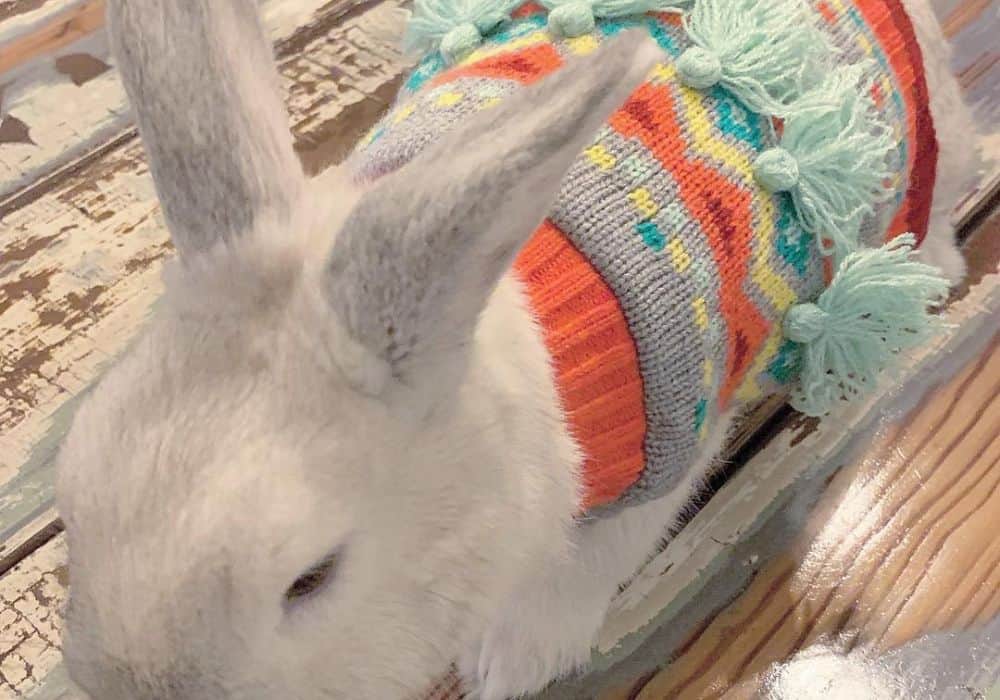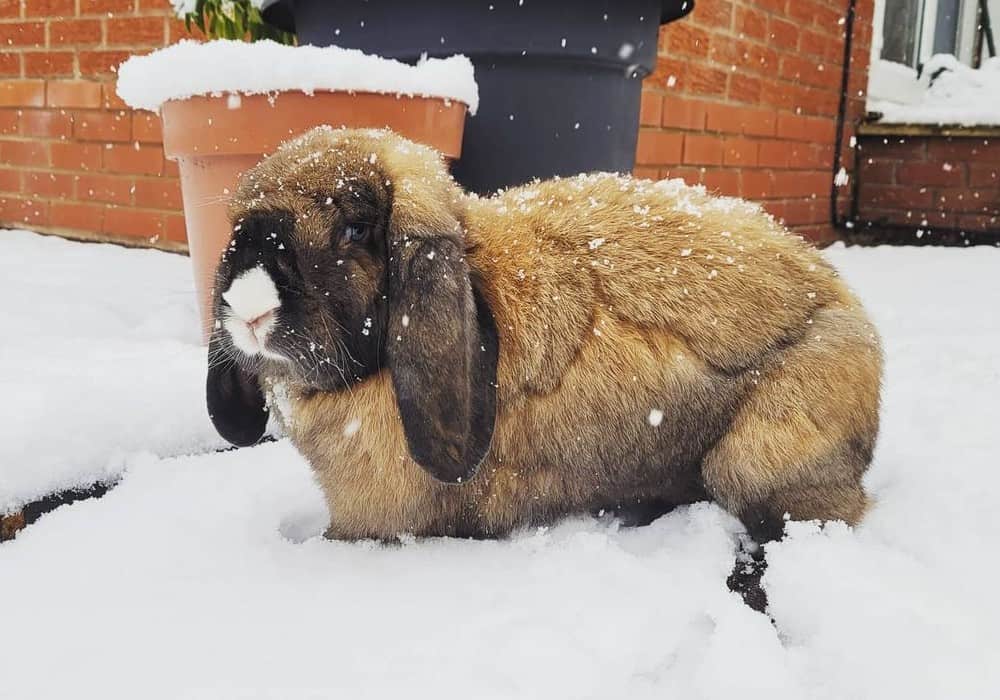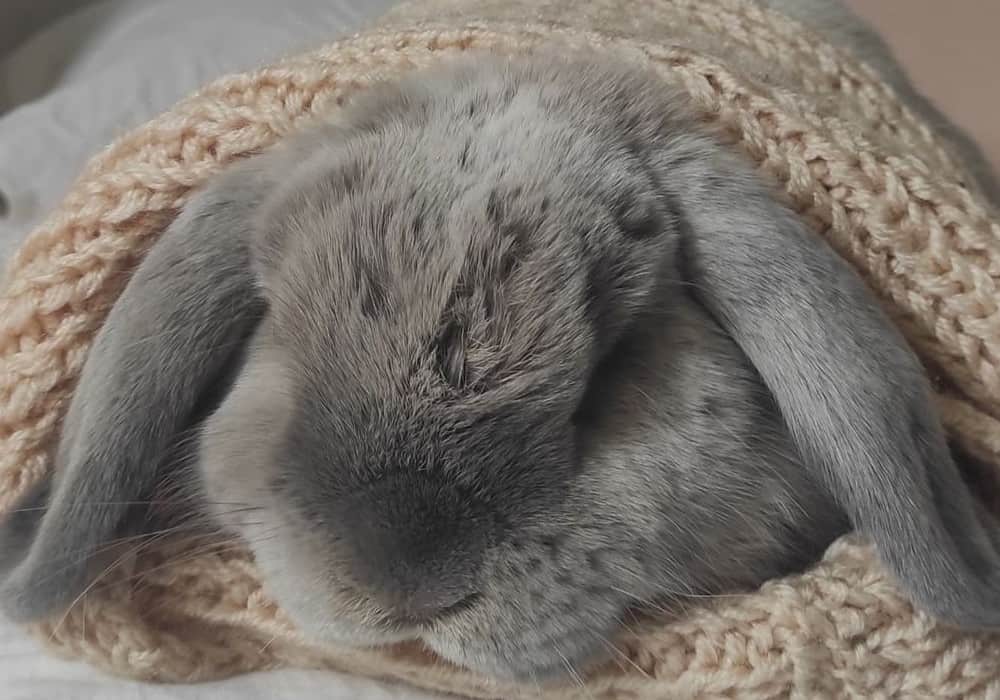In this article, you will learn what temperature is too cold for rabbits. Rabbits are a pet that many people enjoy having. They are small and adorable, and they make great companions. But before you get a rabbit, you need to make sure that you can provide them with the proper care. This includes giving them the right environment to live in.
Rabbits are very sensitive to temperature changes. They are most comfortable in an environment that is between 60 and 70 degrees Fahrenheit.
Can Rabbits Live Outside in the Winter
Although rabbits are often thought of as indoor pets, there are many owners who choose to keep their rabbits outdoors. So, can rabbits live outside in the winter? Whether or not a rabbit can survive outside in the winter depends on several factors, including the climate, the type of housing, and the rabbit’s coat.
In climates with very cold winters, rabbits are best kept indoors. rabbits can tolerate cold temperatures, but they are vulnerable to hypothermia and frostbite. If you live in a climate with milder winters, you may be able to keep your rabbit outdoors, as long as you provide adequate housing and bedding.
The type of housing you provide for your outdoor rabbit is important. A hutch is typically not enough to keep a rabbit warm in winter. A shed or garage is a better option, as long as it is well-ventilated and has enough space for the rabbit to move around. The rabbit’s housing should also be elevated off the ground to prevent flooding in case of melting snow or rain.
Bedding is also important for keeping an outdoor rabbit warm in winter. Straw is a good option, as it is insulating and absorbent. Wood shavings can also be used, but avoid cedar and pine shavings, as they can be harmful to rabbits.
Finally, the type of coat your rabbit has will also affect its ability to withstand the cold. rabbits with short coats are more susceptible to the cold than those with long coats. If you have a short-coated rabbit, you may need to provide a coat or blanket for it to wear outside in the winter.

Do Rabbits Get Cold at Night
So, can rabbits survive in the cold at night? Rabbits are relatively resistant to cold temperatures and can tolerate cool weather quite well. However, they are not immune to the cold and can get cold at night if the temperature drops too low.
If you think your rabbit may be cold, look for signs such as shivering, hunched posture, and slow movement. If your rabbit is showing any of these signs, bring them inside and warm them up gradually.
How Do Rabbits Stay Warm in the Winter
Rabbits are able to keep warm in winter by using their fur. The fur on a rabbit’s coat is made up of two types of hair – guard hairs and undercoat hairs. Guard hairs are the longer, coarser hairs that provide protection from the elements, while undercoat hairs are the soft, dense hairs that insulate the rabbit and help to keep them warm.
Rabbits will also often huddle together in groups to share body heat and keep warm. They may also burrow underground to escape the cold weather.
Winter Feeding of Rabbits
So, do rabbits get cold? Definitely. But the right food can help with the cold. As the temperature outside begins to drop, our thoughts turn to warm fires, cozy blankets, and comfort food. But what about our furry friends? When the weather turns chilly, our pet rabbits need a little extra care to stay warm and healthy.
One of the best ways to keep your rabbit warm is to make sure they have plenty of hay. Hay is not only an excellent source of fiber, but it also helps insulate your rabbit’s body and keep them warm. If you live in an area where the winters are particularly harsh, you may want to consider investing in a hay heater. These devices gently warm hay, making it even more comfortable for your bunny to nestle into.
In addition to hay, your rabbit should also have a diet that is high in fiber. This helps them to maintain a healthy digestive system, which is important for overall health, but also helps to keep them warm. Good sources of fiber for rabbits include fresh vegetables and fruits, as well as pellets specially formulated for rabbits.
Finally, don’t forget the water. Water is essential for all animals, but in the winter it’s especially important to make sure your rabbit has access to fresh, clean water. A water bottle with a built-in heater is a great way to ensure that your rabbit’s water doesn’t freeze.
By following these simple tips, you can help your rabbit enjoy a comfortable and healthy winter.

Types of Winter Rabbits
You learned how cold bunnies can tolerate, but which bunnies are least afraid of the cold? There are many different winter species of rabbits that are available for purchase. Some of the most popular winter rabbits include the Arctic Hare, the Blue Fox, the White Rabbit, and the Snowshoe Hare. Each of these winter rabbits has its own unique set of features that make it ideal for the winter season.
The Arctic Hare is one of the most popular winter rabbits. This rabbit is known for its thick, white fur that helps it to blend in with the snow. The Arctic Hare is also known for its large feet, which help it to move around in the snow.
The Blue Fox is another popular winter rabbit. This rabbit is known for its blue fur, which helps it to stand out in the snow. The Blue Fox is also known for its long ears, which help it to hear predators.
The White Rabbit is another popular winter rabbit. This rabbit is known for its white fur, which helps it to blend in with the snow. The White Rabbit is also known for its long ears, which help it to hear predators.
The Snowshoe Hare is another popular winter rabbit. This rabbit is known for its large feet, which help it to move around in the snow. The Snowshoe Hare is also known for its long ears, which help it to hear predators.

FAQ
Can pet bunnies stay outside in winter?
Pet bunnies can stay outside in winter as long as they have a warm place to stay, such as a hutch or a shed. They will need access to hay and fresh water, and they should be checked on regularly to make sure they are staying warm.
What are the signs that a domestic rabbit is cold?
The signs that a domestic rabbit is cold are that they will have a low body temperature, they will be shivering, and their ears will be cold to the touch.
What should I do if my domestic rabbit gets too cold?
If your domestic rabbit gets too cold, you should move them to a warmer location and wrap them in a warm blanket. You should also give them warm fluids to drink and monitor them closely for any signs of hypothermia.
What temperature is too cold for baby rabbits?
There is no set answer to this question as different rabbits have different tolerances for different temperatures. However, it is generally recommended that you keep your baby rabbits at a temperature of between 65 and 75 degrees Fahrenheit.
Conclusion
In this article, you learned the answer to the question “how cold can rabbits tolerate”. Overall, when people think about rabbits, the first thing that comes to mind is usually their soft fur and big ears. What many people don’t know is that rabbits can also be quite tough and are able to tolerate cold temperatures better than most other domesticated animals.
In fact, domestic rabbits can tolerate cold temperatures down to around 10 degrees Fahrenheit without any problems. This is due to the fact that they have a very high fur density, which helps to keep them warm.
Also read:
- Discover the Amazing World of 10 Day Old Bunnies: All About Rabbits!
- Discover All About the Characteristics of a 1 Year Old Rabbit
- Why Doesn’t My Rabbit Like Me? – Understanding Rabbit Behavior for All About Rabbits
- Everything You Need to Know About Bunny Grinding Teeth in Rabbits
- How Eating Poop is Part of a Normal Rabbit Diet – All About Rabbits
References
- Straw | Wikipedia – https://en.wikipedia.org/wiki/Straw
- Warm | WikiHow – https://www.wikihow.com/Keep-a-Rabbit-Warm
- Fur | MDPI – https://www.mdpi.com/2076-2615/12/8/971
